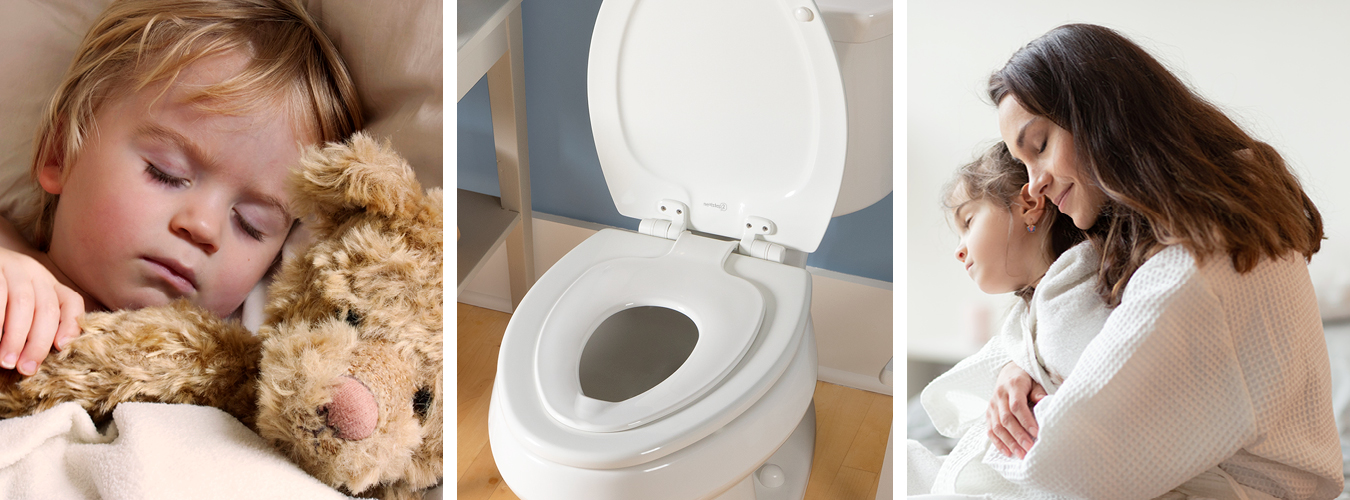Start a Potty Training Schedule
4 Tips to Set Up a Schedule & 3 Reasons Why It Works
Schedules are a normal part of our daily lives: We go to work and eat meals at regular times and schedule doctor and dentist visits at predictable intervals. We plan our child’s play dates on certain days of the week and set up nap times to give them adequate rest. This provides a sense of order and gives your child the structure she needs to feel secure and confident.
4 Tips to Set Up a Potty Training Schedule
- Right after your child wakes, set them on the potty seat. They will begin to associate waking with the sensation of a full bladder.
- After meals, set your child on the potty seat. This builds another association between eating and recognizing when it’s time to use the toilet.
- Have your child use the potty seat between play activities. Because children become involved and often ignore or miss the signs of a full bladder, you’ll have to interrupt play for a quick trip. If this doesn’t work, monitor your child and watch for signs that she needs to use the bathroom.
- Consider making rewards part of your schedule. As your child makes the connection between going potty on the toilet and getting a small reward, the routine will begin to “stick” and become effective.
3 Reasons Why a Schedule Works
Kids thrive on routine because they are comforted when they know what to expect. Before you start potty training, monitor the times your child goes in his diaper. This will help you anticipate accidents during potty training. When you start, know that a schedule works because:
- it prevents your child from being annoyed by frequent reminders. Instead of nagging - which most children ignore - a schedule provides predictable times your child will use the potty seat.
- it can be shared with other people who help care for your child: grandparents, daycare, babysitters.
- it's designed with your child's normal toileting routine in mind. If he normally has a wet diaper mid-morning, for example, that's when you'll schedule him to sit on the potty seat.
Our NextStep2® is your partner in setting up an effective potty training schedule. Because it installs right on your toilet, it simplifies the process - no more emptying and sanitizing a stand-alone potty chair or ring! NextStep2 is also designed for the whole family - the plastic child ring secures magnetically to the lid, and is easy for toddlers to lower when needed. And because it simplifies the process, it makes potty training just a little bit easier for everyone!
Positive Potty Training
When you focus, gently, on a schedule, it helps prevent power struggles and contests of the will. Your goal is to help children build a healthy habit that will let them gain independence and promote self-control.
And if the schedule isn’t working, or if a struggle builds, step back and try again in a few weeks or a month. Potty training isn’t a one-size-fits-all approach, so building a routine and a timeline that works for your family is key.
Our library of potty training articles has plenty of helpful information!
